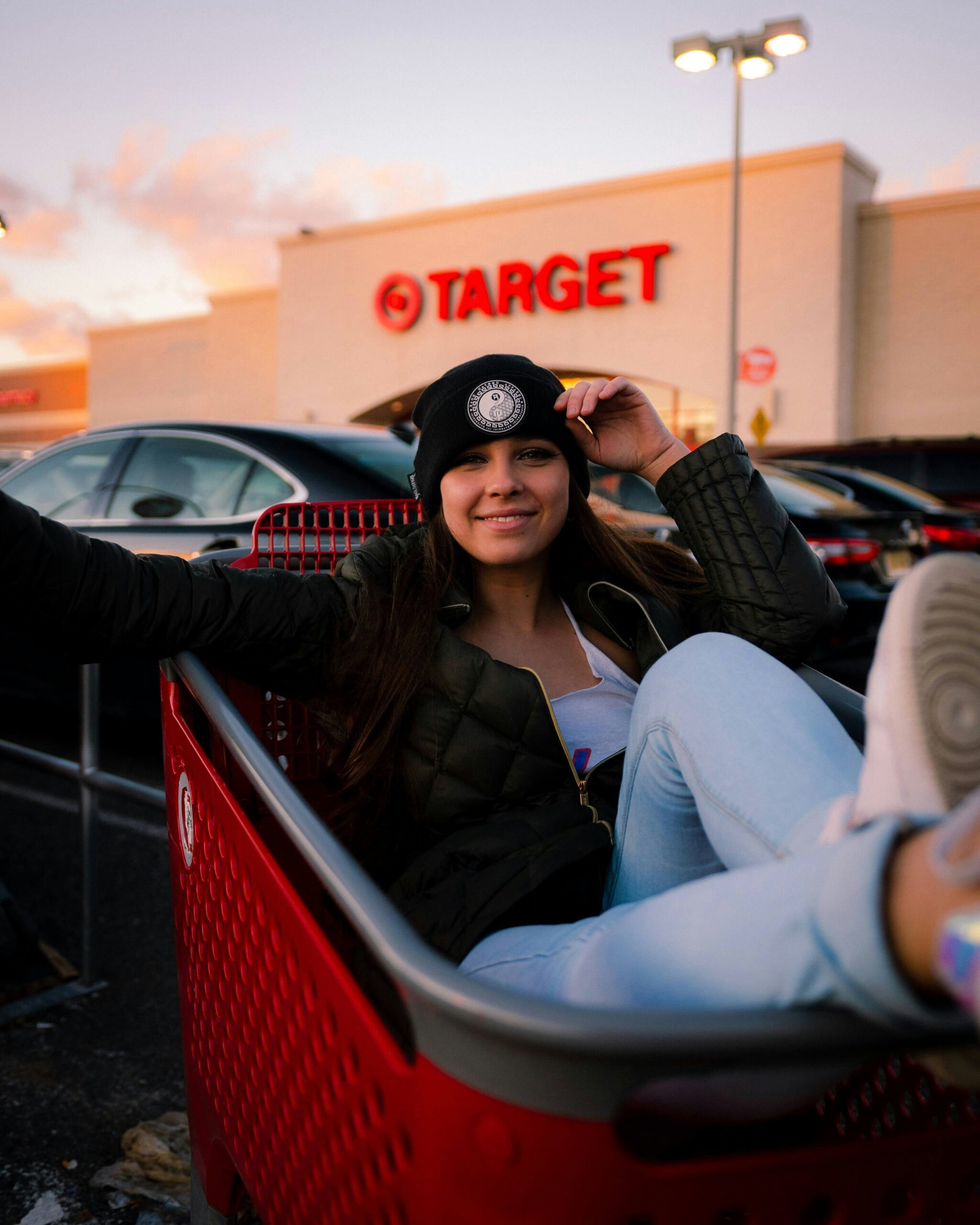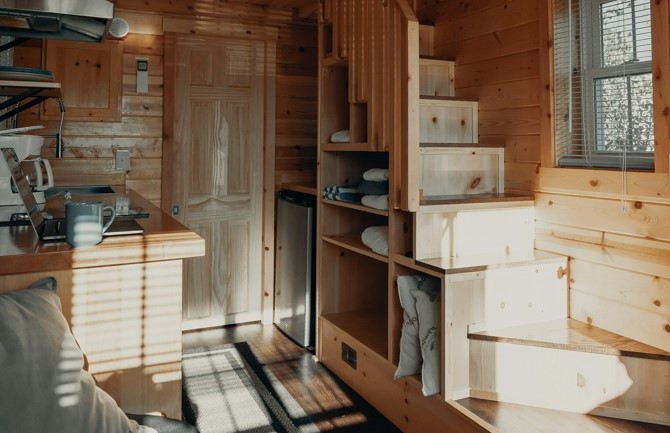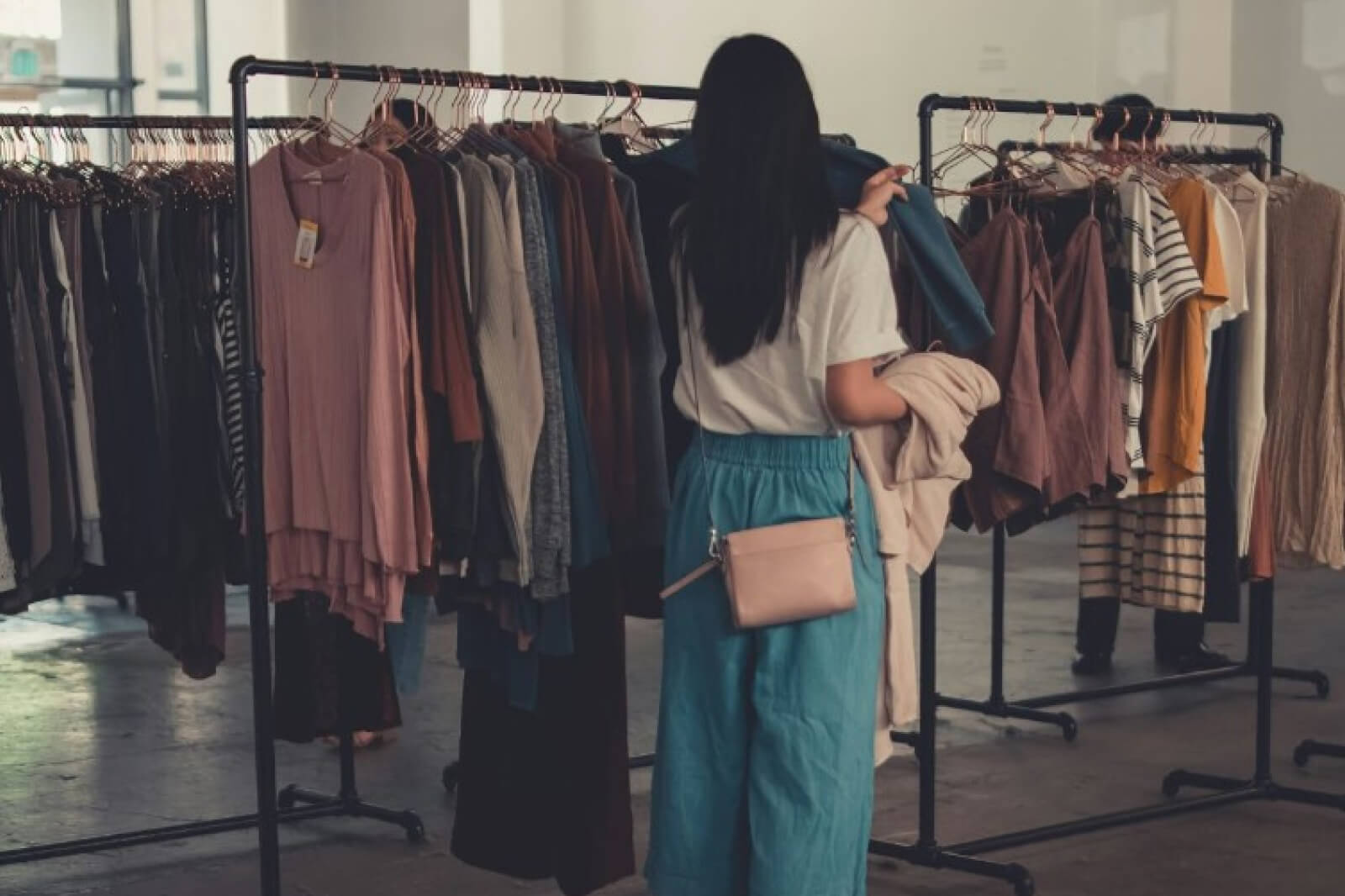Dr. Philip Kotler defines marketing as “the science and art of exploring, creating, and delivering value to satisfy the needs of a target market at a profit. Marketing identifies unfulfilled needs and desires. It defines, measures and quantifies the size of the identified market and the profit potential.”
For over 70 years the marketing of one fruit made it increasingly ever-present, to the point of it feeling rammed down our throats. The Red Delicious, in American consciousness represents the quintessential apple. It’s the one you see one the teachers desk, the one in every students lunchbox. It is also know as the official compost food. Because as aesthetically pleasing as it is to the eye, one bite reminds you that what you really want is one of those crispy golden apples instead.
So how is it that they keep selling, and we keep buying this good awful thing? Well actually we’re getting hip to the game and production of the gorgeous monstrosity is finally on the decline but still, how did we ever let it get this far?
Our story starts rather innocently, with few traces of capitalism involved. Jesse Hiatt, an Iowa farmer came across a mutant seedling that refused to die. Year by year he chopped it down and year by year it grew back, so finally he let nature bear its course. It did and what resulted was a thing of beauty – read with yellow stripping – it had a strong beautiful skin and sweet delicious meat inside. Hiatt named it “Hawkeye” in Iowa tradition and boasted of the mutated beauty he’d cultivated. He entered into a contest in Louisiana, Missouri, hosted by Stark Nurseries. The Stark brothers ran the nursery and were looking to a replacement apple for the “Ben Davis” which was the apple of the day at that time. The “Hawkeye” won, the Stark brothers purchased it and initially named it simply “Delicious”. Yes apparently at that time, the fruit still tasted good, but we’ll get to how its not even good enough to be made into a candy apple now later.
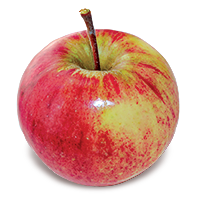 The “Ben Davis”
The “Ben Davis”
In 1923 a farmer reported back to Stark Nurseries that a strange and beautiful mutation had occurred on one of his seedlings, producing a magnificent and ll crimson apple tree. Instantly wildly popular people flocked from all over to gawk at and devour this new rare beaut of a fruit.
Stark capitalized off of this combined with another popular seedling the bore – the “Golden Delicious” – and rebranded their new apple as the “Red Delicious”. They went on what would equate today to a multi-million dollar marketing campaign, and even went as far as to railroad out seedlings cross country.
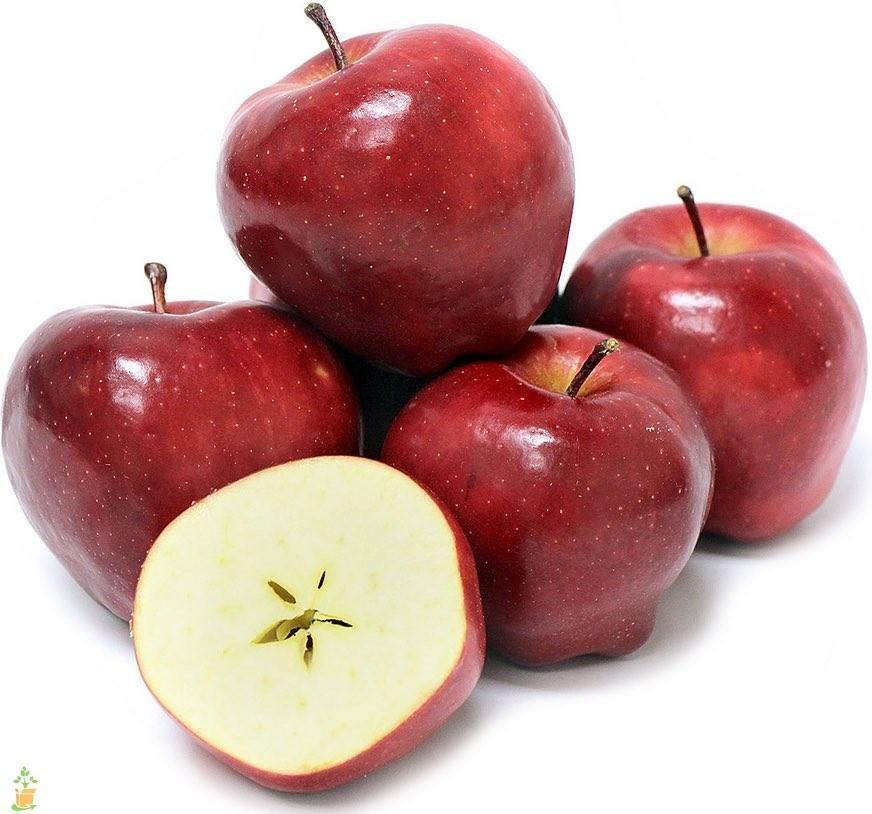
As growers rushed to mimic this brilliant looking mutation they we encountered by mother natures own glorious randomness that produced the red beauty in the first place. This led grower’s to adopting new methods to control the process. They would graft branches to to get the desirable traits their were after. A Life of Apples wrote: “This has allowed growers and breeders to choose mutations that may be redder or more ‘perfectly’ shaped, constantly moving the Red Delicious closer to an ever-changing ideal of a perfect apple, and further from what Jesse Hiatt first bit into on an October day in 1872.” They also began manipulating the fruit to make it easier to be mass produced and stored for longer. This led to stronger tougher skin the hid the blemishes and impurities. That’s why so often you bite into what looks like a gorgeous apple only to find yourself having been duped by your eyes.
And the thing is, for a long time, we just went with it. They keep making it redder and prettier, and making more and more of them, and we just kept on taking that first bite, and then throwing them away. But as our taste buds have caught on sales for the Red Delicious have declined. While many of us remember the bailouts of the bank and the auto industry, less known is the time President Clinton bailed out the apple industry. And while the Red Delicious is still massively overproduced, we’re starting to ship them overseas now, to places where people have no idea what apples are supposed to taste like. Meanwhile in America we’ve been back out on the market, flirting with Galas and Fujis, and Grannysmith’s.
string(4675) "
Dr. Philip Kotler defines marketing as "the science and art of exploring, creating, and delivering value to satisfy the needs of a target market at a profit. Marketing identifies unfulfilled needs and desires. It defines, measures and quantifies the size of the identified market and the profit potential."
For over 70 years the marketing of one fruit made it increasingly ever-present, to the point of it feeling rammed down our throats. The Red Delicious, in American consciousness represents the quintessential apple. It's the one you see one the teachers desk, the one in every students lunchbox. It is also know as the official compost food. Because as aesthetically pleasing as it is to the eye, one bite reminds you that what you really want is one of those crispy golden apples instead.
So how is it that they keep selling, and we keep buying this good awful thing? Well actually we're getting hip to the game and production of the gorgeous monstrosity is finally on the decline but still, how did we ever let it get this far?
Our story starts rather innocently, with few traces of capitalism involved. Jesse Hiatt, an Iowa farmer came across a mutant seedling that refused to die. Year by year he chopped it down and year by year it grew back, so finally he let nature bear its course. It did and what resulted was a thing of beauty - read with yellow stripping - it had a strong beautiful skin and sweet delicious meat inside. Hiatt named it "Hawkeye" in Iowa tradition and boasted of the mutated beauty he'd cultivated. He entered into a contest in Louisiana, Missouri, hosted by Stark Nurseries. The Stark brothers ran the nursery and were looking to a replacement apple for the "Ben Davis" which was the apple of the day at that time. The "Hawkeye" won, the Stark brothers purchased it and initially named it simply "Delicious". Yes apparently at that time, the fruit still tasted good, but we'll get to how its not even good enough to be made into a candy apple now later.
 The "Ben Davis"
The "Ben Davis"
In 1923 a farmer reported back to Stark Nurseries that a strange and beautiful mutation had occurred on one of his seedlings, producing a magnificent and ll crimson apple tree. Instantly wildly popular people flocked from all over to gawk at and devour this new rare beaut of a fruit.
Stark capitalized off of this combined with another popular seedling the bore - the "Golden Delicious" - and rebranded their new apple as the "Red Delicious". They went on what would equate today to a multi-million dollar marketing campaign, and even went as far as to railroad out seedlings cross country.

As growers rushed to mimic this brilliant looking mutation they we encountered by mother natures own glorious randomness that produced the red beauty in the first place. This led grower's to adopting new methods to control the process. They would graft branches to to get the desirable traits their were after. A Life of Apples wrote: "This has allowed growers and breeders to choose mutations that may be redder or more 'perfectly' shaped, constantly moving the Red Delicious closer to an ever-changing ideal of a perfect apple, and further from what Jesse Hiatt first bit into on an October day in 1872." They also began manipulating the fruit to make it easier to be mass produced and stored for longer. This led to stronger tougher skin the hid the blemishes and impurities. That's why so often you bite into what looks like a gorgeous apple only to find yourself having been duped by your eyes.
And the thing is, for a long time, we just went with it. They keep making it redder and prettier, and making more and more of them, and we just kept on taking that first bite, and then throwing them away. But as our taste buds have caught on sales for the Red Delicious have declined. While many of us remember the bailouts of the bank and the auto industry, less known is the time President Clinton bailed out the apple industry. And while the Red Delicious is still massively overproduced, we're starting to ship them overseas now, to places where people have no idea what apples are supposed to taste like. Meanwhile in America we've been back out on the market, flirting with Galas and Fujis, and Grannysmith's.
"
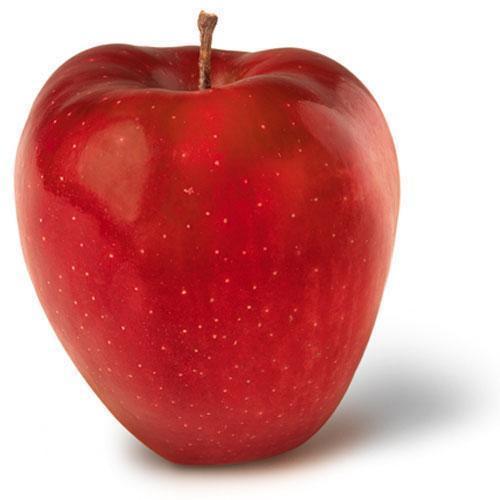
 The “Ben Davis”
The “Ben Davis”



